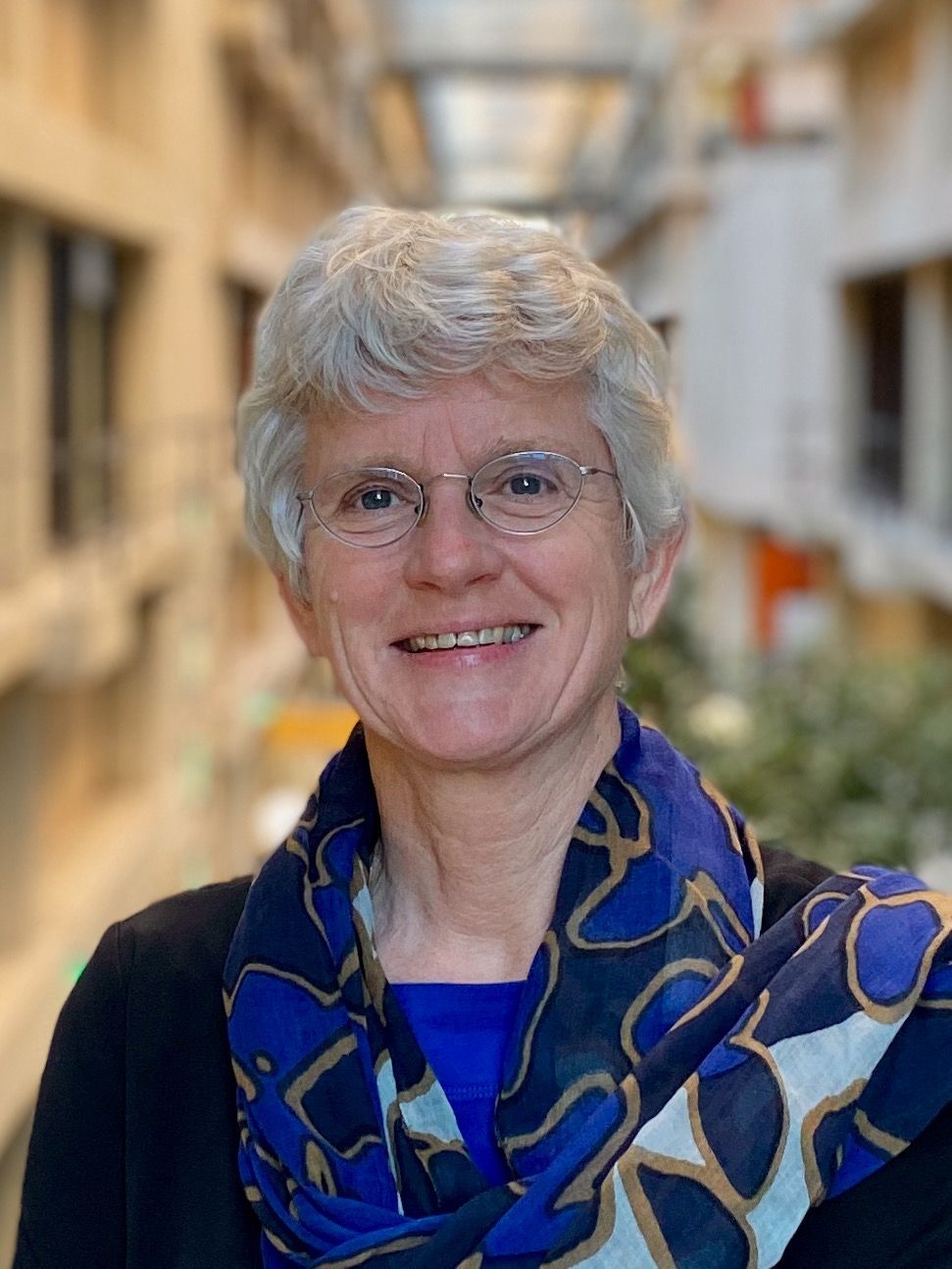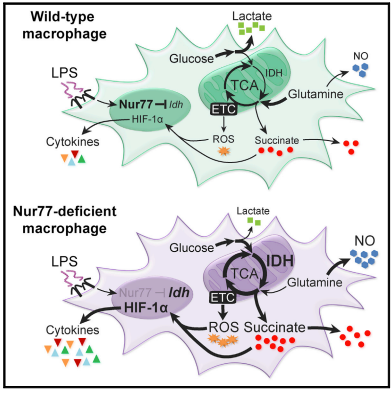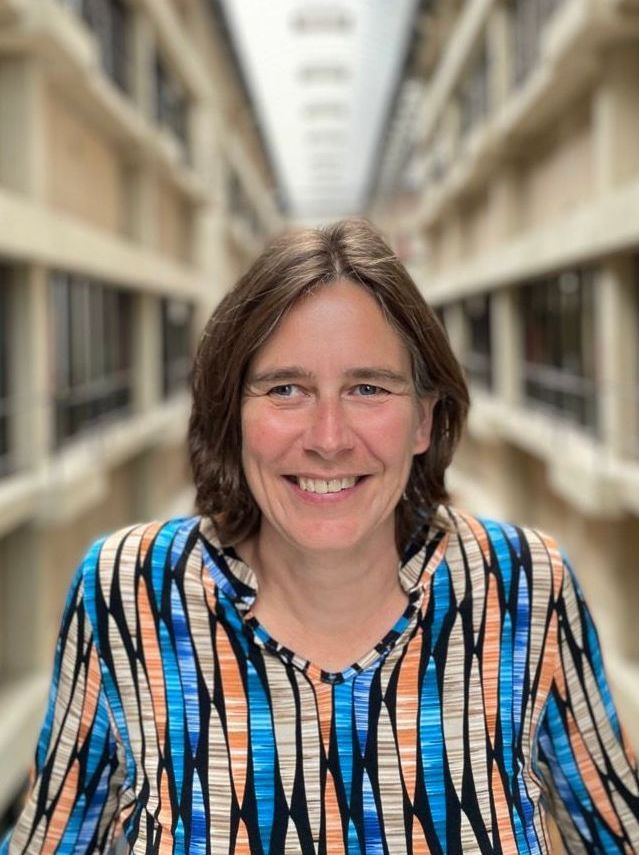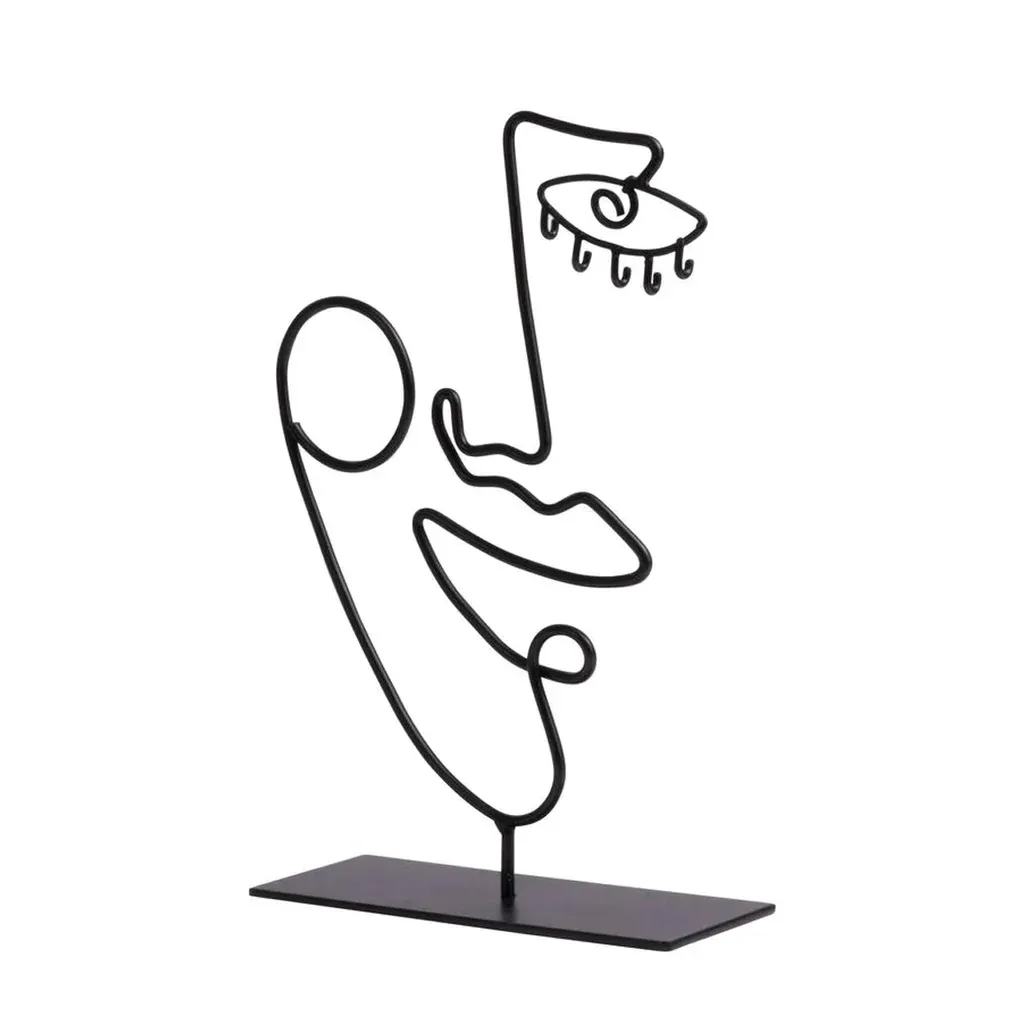FHL2 Genetic Polymorphisms and Pro-Diabetogenic Lipid Profile in the Multiethnic HELIUS Cohort.
Habibe JJ, Boulund U, Clemente-Olivo MP, de Vries CJM, Eringa EC, Nieuwdorp M, Ferwerda B, Zwinderman K, van den Born BH, Galenkamp H, van Raalte DH.Int J Mol Sci. 2023 Feb 22;24(5):4332. doi: 10.3390/ijms24054332.PMID: 36901761 Free PMC article.
Early adipogenesis is repressed through the newly identified FHL2-NFAT5 signaling complex.
Clemente-Olivo MP, Hernández-Quiles M, Sparrius R, van der Stoel MM, Janssen V, Habibe JJ, van den Burg J, Jongejan A, Alcaraz-Sobrevals P, van Es R, Vos H, Kalkhoven E, de Vries CJM.Cell Signal. 2023 Apr;104:110587. doi: 10.1016/j.cellsig.2023.110587. Epub 2023 Jan 5.PMID: 36610523 Free article.
No prominent role for complement C1-esterase inhibitor in Marfan syndrome mice.
Hibender S, Li S, Postma AV, Hoogeland ME, Klaver D, Pouw RB, Niessen HW, Driessen AH, Koolbergen DR, de Vries CJ, Baars MJ, Houweling AC, Krijnen PA, de Waard V.Vasc Biol. 2022 Oct 1;4(1):40-9. doi: 10.1530/VB-22-0016. Online ahead of print.PMID: 36279189 Free PMC article.
Glucose-mediated insulin secretion is improved in FHL2-deficient mice and elevated FHL2 expression in humans is associated with type 2 diabetes.
Habibe JJ, Clemente-Olivo MP, Scheithauer TPM, Rampanelli E, Herrema H, Vos M, Mieremet A, Nieuwdorp M, van Raalte DH, Eringa EC, de Vries CJM.Diabetologia. 2022 Oct;65(10):1721-1733. doi: 10.1007/s00125-022-05750-1. Epub 2022 Jul 8.PMID: 35802167 Free PMC article.
How (Epi)Genetic Regulation of the LIM-Domain Protein FHL2 Impacts Multifactorial Disease.
Habibe JJ, Clemente-Olivo MP, de Vries CJ.Cells. 2021 Oct 1;10(10):2611. doi: 10.3390/cells10102611.PMID: 34685595 Free PMC article. Review.
Six Shades of Vascular Smooth Muscle Cells Illuminated by KLF4 (Krüppel-Like Factor 4).
Yap C, Mieremet A, de Vries CJM, Micha D, de Waard V.Arterioscler Thromb Vasc Biol. 2021 Nov;41(11):2693-2707. doi: 10.1161/ATVBAHA.121.316600. Epub 2021 Sep 2.PMID: 34470477 Free PMC article. Review.
Nuclear receptor Nur77: its role in chronic inflammatory diseases.
Lith SC, de Vries CJM.Essays Biochem. 2021 Dec 17;65(6):927-939. doi: 10.1042/EBC20210004.PMID: 34328179 Review.
Four-and-a-half LIM domain protein 2 (FHL2) deficiency protects mice from diet-induced obesity and high FHL2 expression marks human obesity.
Clemente-Olivo MP, Habibe JJ, Vos M, Ottenhoff R, Jongejan A, Herrema H, Zelcer N, Kooijman S, Rensen PCN, van Raalte DH, Nieuwdorp M, Eringa EC, de Vries CJ.Metabolism. 2021 Aug;121:154815. doi: 10.1016/j.metabol.2021.154815. Epub 2021 Jun 11.PMID: 34119536 Free article.
Nuclear Receptor Nur77 Controls Cardiac Fibrosis through Distinct Actions on Fibroblasts and Cardiomyocytes.
Medzikovic L, Heese H, van Loenen PB, van Roomen CPAA, Hooijkaas IB, Christoffels VM, Creemers EE, de Vries CJM, de Waard V.Int J Mol Sci. 2021 Feb 5;22(4):1600. doi: 10.3390/ijms22041600.PMID: 33562500 Free PMC article.
'Nur'turing tumor T cell tolerance and exhaustion: novel function for Nuclear Receptor Nur77 in immunity.
Lith SC, van Os BW, Seijkens TTP, de Vries CJM.Eur J Immunol. 2020 Nov;50(11):1643-1652. doi: 10.1002/eji.202048869. Epub 2020 Oct 25.PMID: 33063848 Free PMC article.









